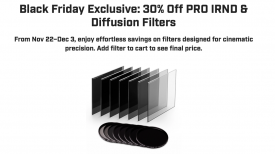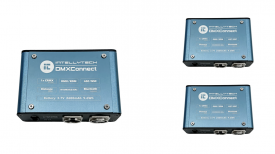Few industry observers were expecting the Sony FS7 II to appear right now. The original FS7 has been incredibly popular and is surely the biggest selling shoulder-mounted 4K large sensor camera in many countries, thanks to an extensive feature set coupled with a lower price than competing cameras (notably Canon’s C300 mkII).
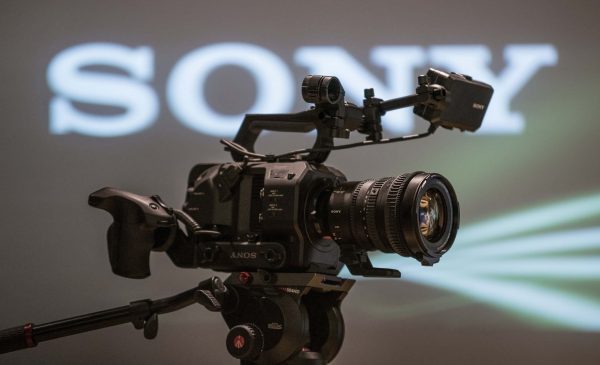
So why introduce a mark II version right now? Sony say that what they are doing is adding useful features like electronic variable Neutral Density (ND) and the Lever Lock E-mount, and at the same time making several smaller tweaks that are a direct result of listening to customer feedback. The downside is that these new features come at additional cost.
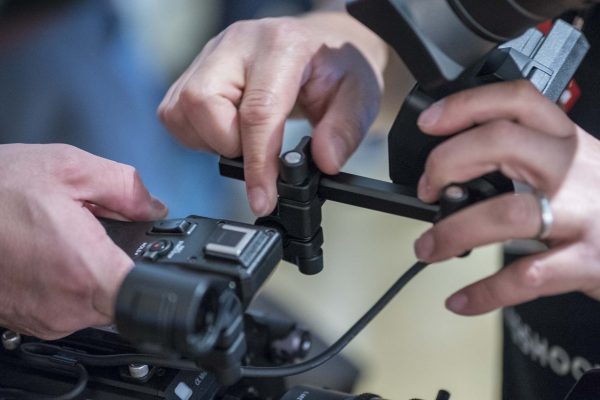
The electronic variable ND is indeed a standout feature for many shooters. Anyone who has seen the auto-ND function of the smaller FS5 in action will attest to the fact that what it does is close to magic. You simply fix your gain and shutter angle and let the camera govern the amount of light hitting the sensor by changing the strength of the ND. On fast paced news and documentary shoots this can make the difference between getting a shot, or missing it as you mess with adjusting your exposure.
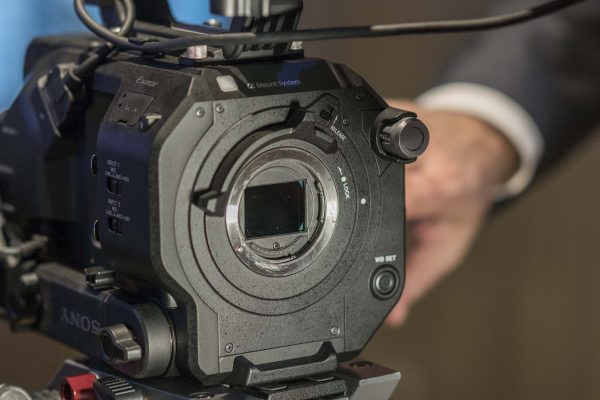
The Lever Lock E-mount is also impressive. Instead of mounting a lens by rotating it, you put it on in the final position and rotate the locking collar around it to clamp it in place. In this way it is similar to Canon’s locking EF mount or a PL mount.
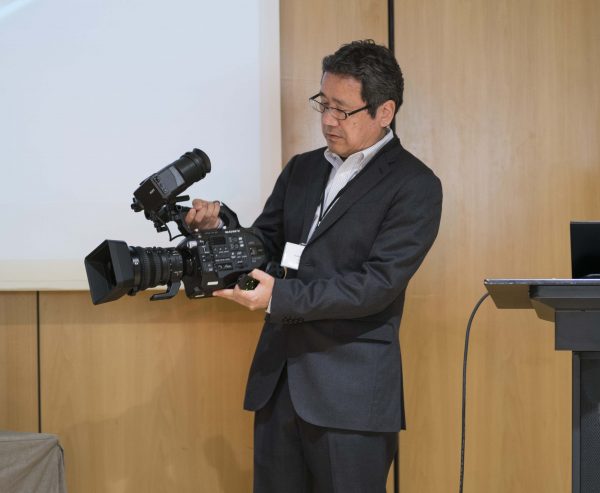
During a hands-on session at Sony Europe’s press briefing I tried several different lenses on the mount, including a large Leica 135mm Cine lens with a MTF Services PL-to-E mount adapter. It held it solidly without any additional lens support. Attaching and releasing a lens did take a bit of getting used to, and is not a one-handed affair unless you are incredibly dexterous. If you are the kind of shooter who changes lenses every couple of minutes then the new system is going to slow you down.
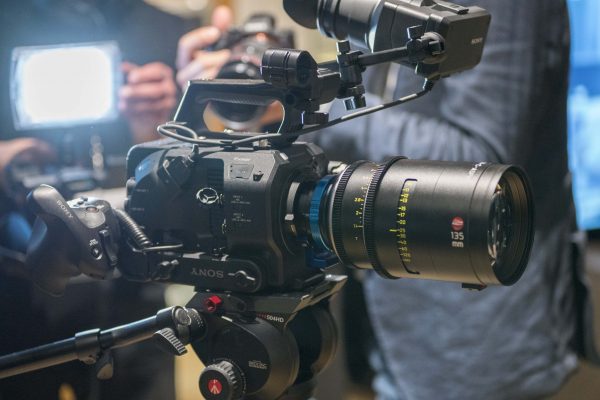
On the plus side, the mount seemed to eliminate the annoying wiggle you get with a regular E-mount. This is great if you intend to use a follow focus or just want to achieve very fine focus by hand.
When I asked if the original FS7 can be upgraded to the same mount Sony said that this was impossible because the FS7 II internal frame had to be re-engineered to make it stronger.
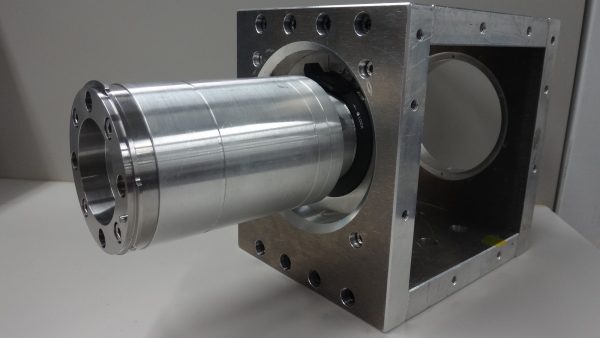
Making these changes could of course be seen as an attempt to extend the product life of an existing camera beyond its normal scope. Indeed many, myself included, were hoping for a much more radical overhaul of the flagship FS series camera at some point next year. This now seems highly unlikely. I now expect the F5/55 line to be the first recipient of any new sensor and processing technology, not the FS series.
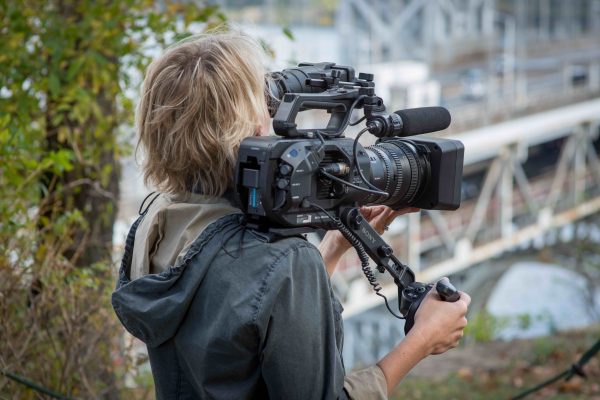
Taken as a whole the new camera addresses many of the original’s shortcomings, but perhaps not the biggest two – the look of the camera’s images when using standard gammas and the autofocus system.
Canon’s Dual Pixel CMOS AF still significantly outperforms the FS7 II’s AF system. Sony could have introduced the much better AF system from the a6500, complete with touch screen, but it seems likely this would have required a completely new sensor and processing.
The FS7 II does gain BT.2020 colour space, which when combined with S-Log 3 should make for a better image than before. But the regular gammas which many productions still use are unchanged.
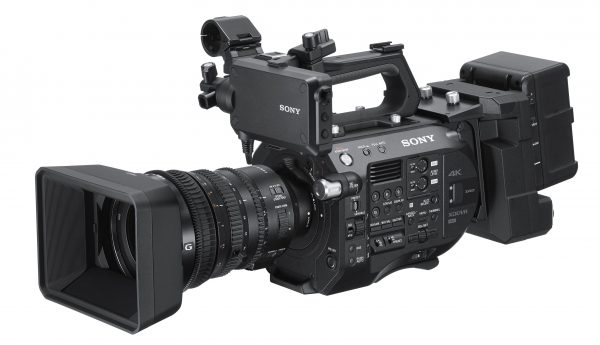
Also unchanged is the need to add the optional XDCA module to the rear of the FS7 II in order to output Raw video over SDI, record ProRes HD internally, or genlock your camera during a multi-cam shoot. I suspect that changing this would involve more re-engineering of the camera than Sony wanted to do at this stage. While the XDCA does offer several valuable extra features, it does mean it is a necessary additional expense if all you want is Raw output. It is much more costly than the simple upgrade licences needed to get Raw output on the lower FS5 and the old FS700. (In fact, you can now buy a used FS700R with Raw output for less than the price of the XDCA new.)
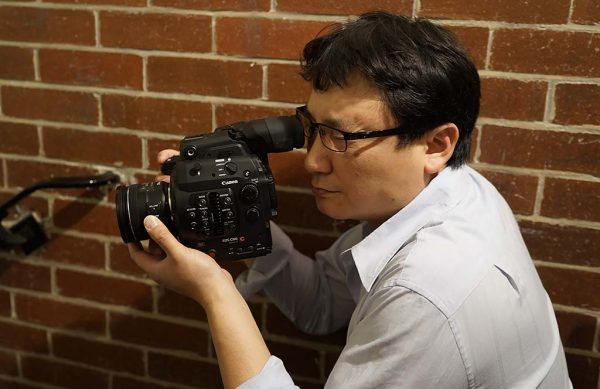
Adding the new features to the FS7 II has brought the camera up to around the same price as the Canon C300 mkII. The original FS7 also stays in the range and I suspect it will remain a popular choice – especially as there are third party solutions to many of the ergonomic issues that the FS7 II fixes.
So who wins in a straight fight between the FS7 II and the C300 mkII?
You can argue that the FS7 II is still cheaper and easier to get up and running on your shoulder, the better ergonomics remove the need for extra rigging or an additional electronic viewfinder. But then you can also argue that the Canon doesn’t need the pricey XDCA module to get Raw output or genlock.
The Sony has electronic variable ND, higher slow motion frame rates without having to crop the sensor, uses cheaper XQD cards and has wider lens choices thanks to the E-mount. The C300 mkII has Canon’s fabled colour science and the best AF system around right now. Both have locking lens mounts.
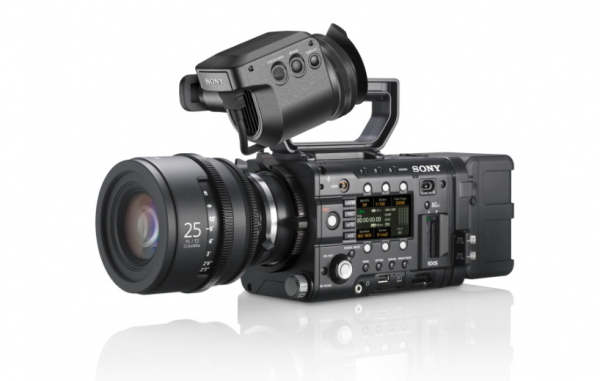
One other camera that the FS7 II rivals in price is its cousin the PMW-F5. Now long in the tooth, it still offers an excellent feature set and since getting its 4K upgrade also has a new lease of life. With its PL lens mount and easy adapting to EF using a Metabones adapter it is still a contender. The street price of the F5 isn’t much more than the list price of the FS7, although you will need to add a rig and viewfinder. On the used market you can get a well-looked-after F5 for less than a new FS7 II.
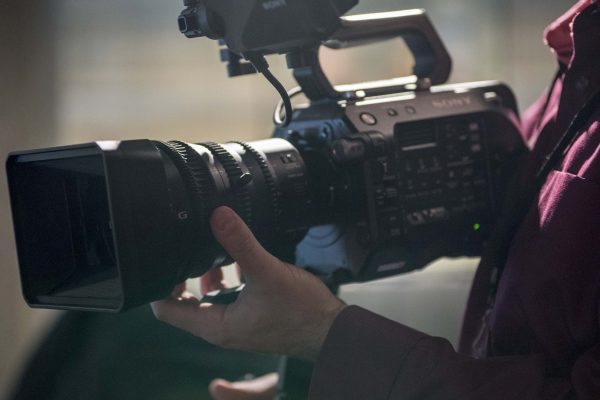
I’m sure there will be plenty of arguments for and against each camera to follow in the coming months. For some, the new feature set will be enough to tempt them into buying the FS7 II. Larger productions that are already comfortable using the original FS7 may well swap to the mark II. Rental houses may also prefer it because of the locking lens mount. Owner-operators, especially those with the original FS7, will have to think much harder before buying. What is undeniable is that by increasing the price of the FS7 II Sony have removed the most compelling reason to buy it instead of the C300 mkII.




